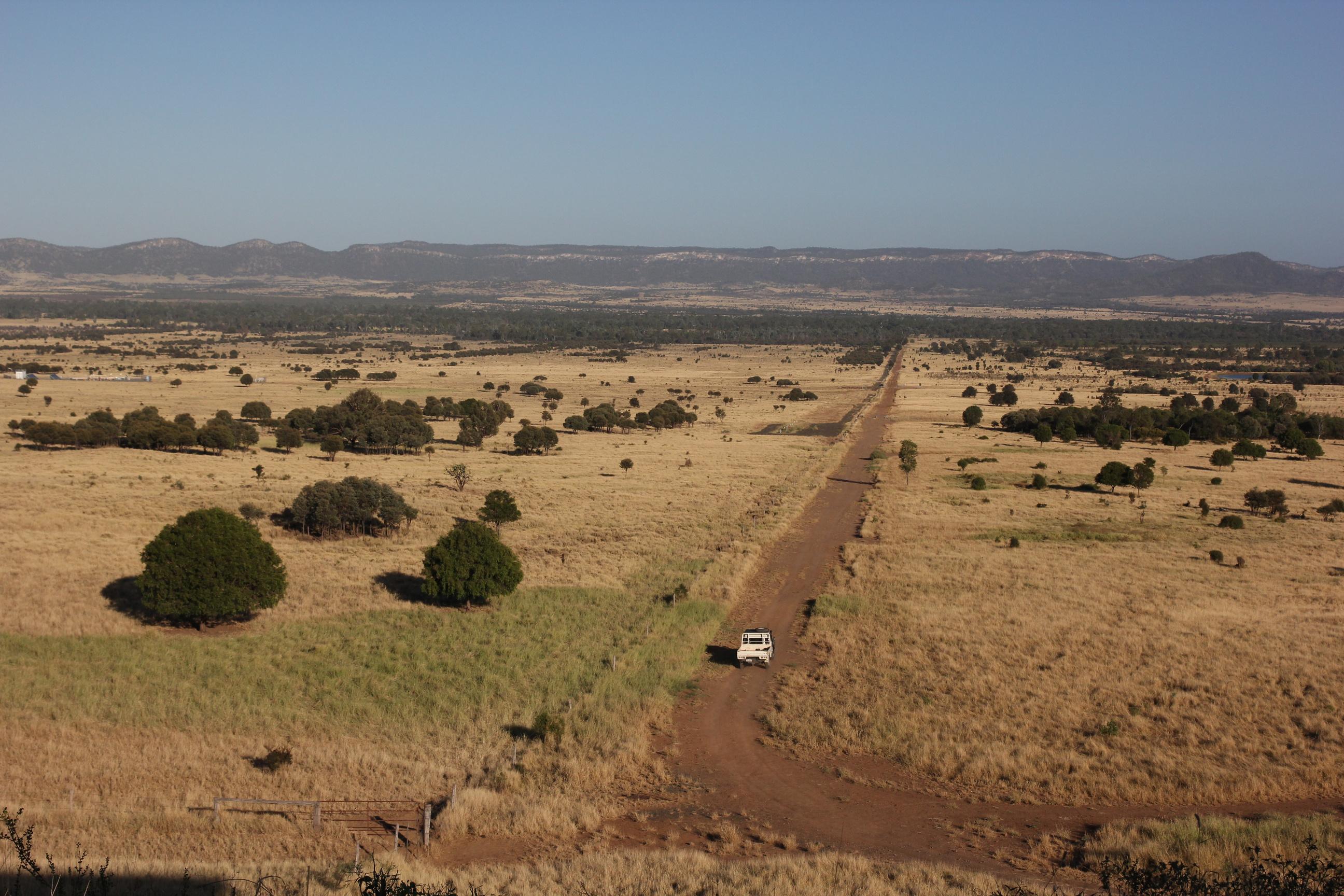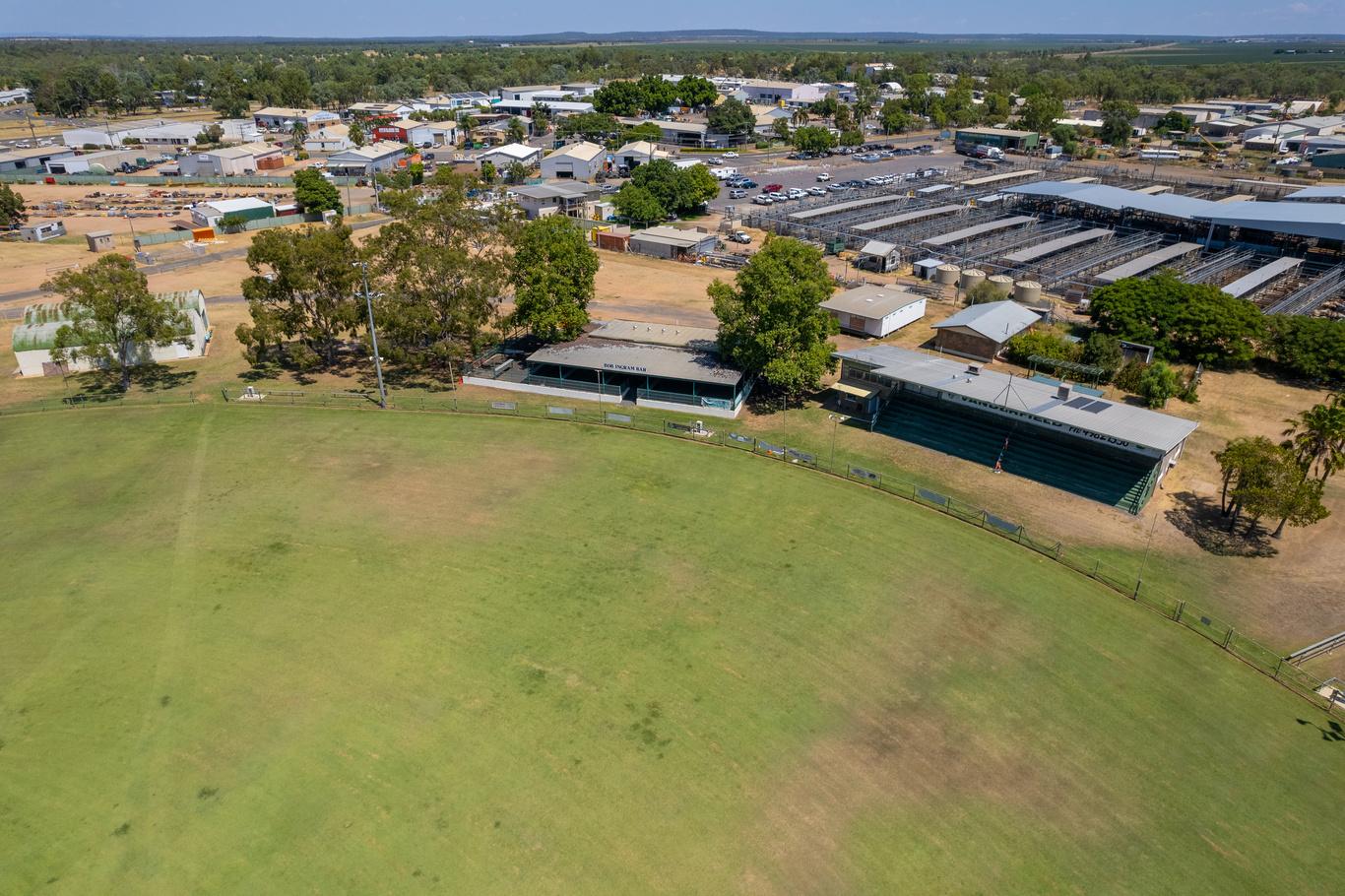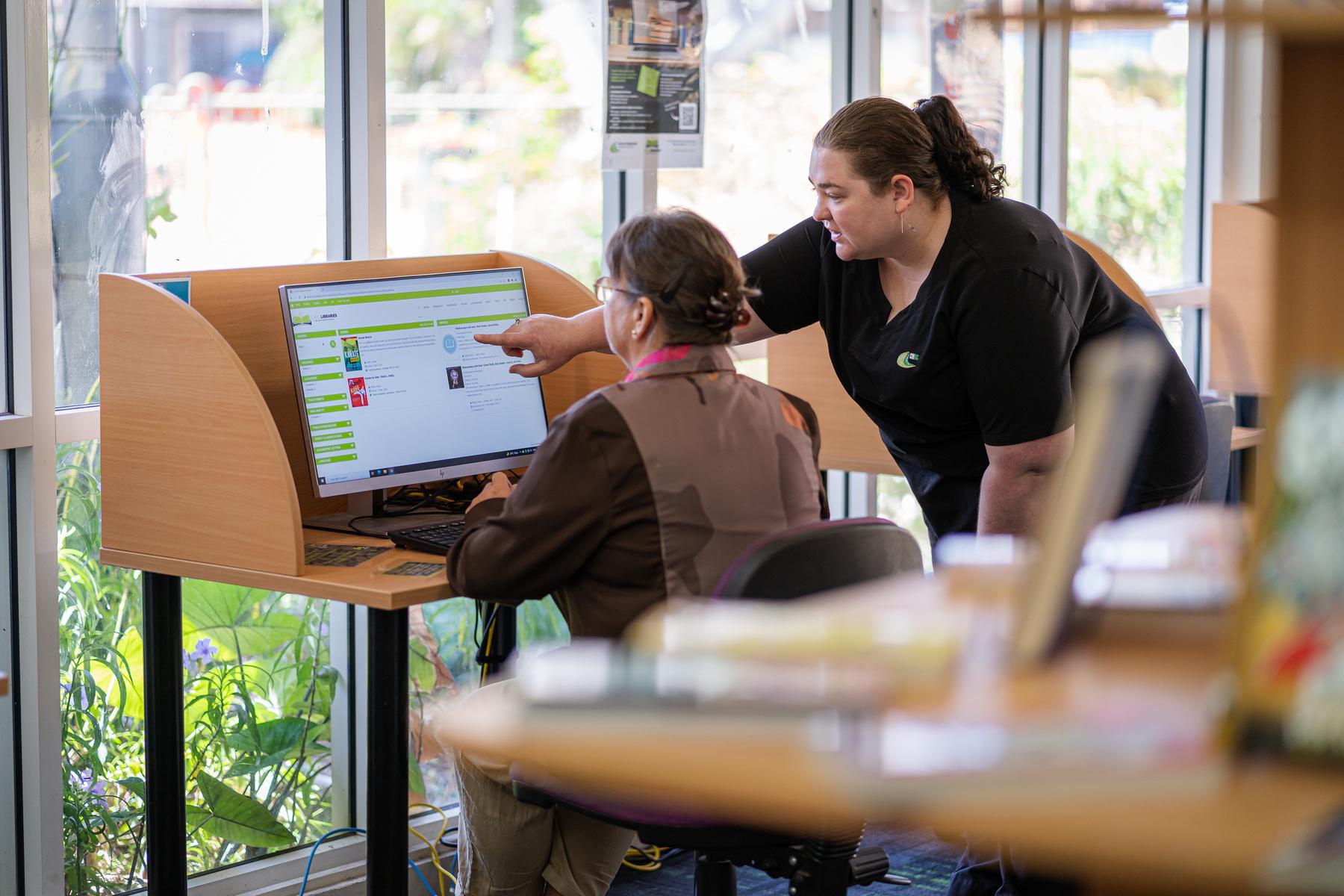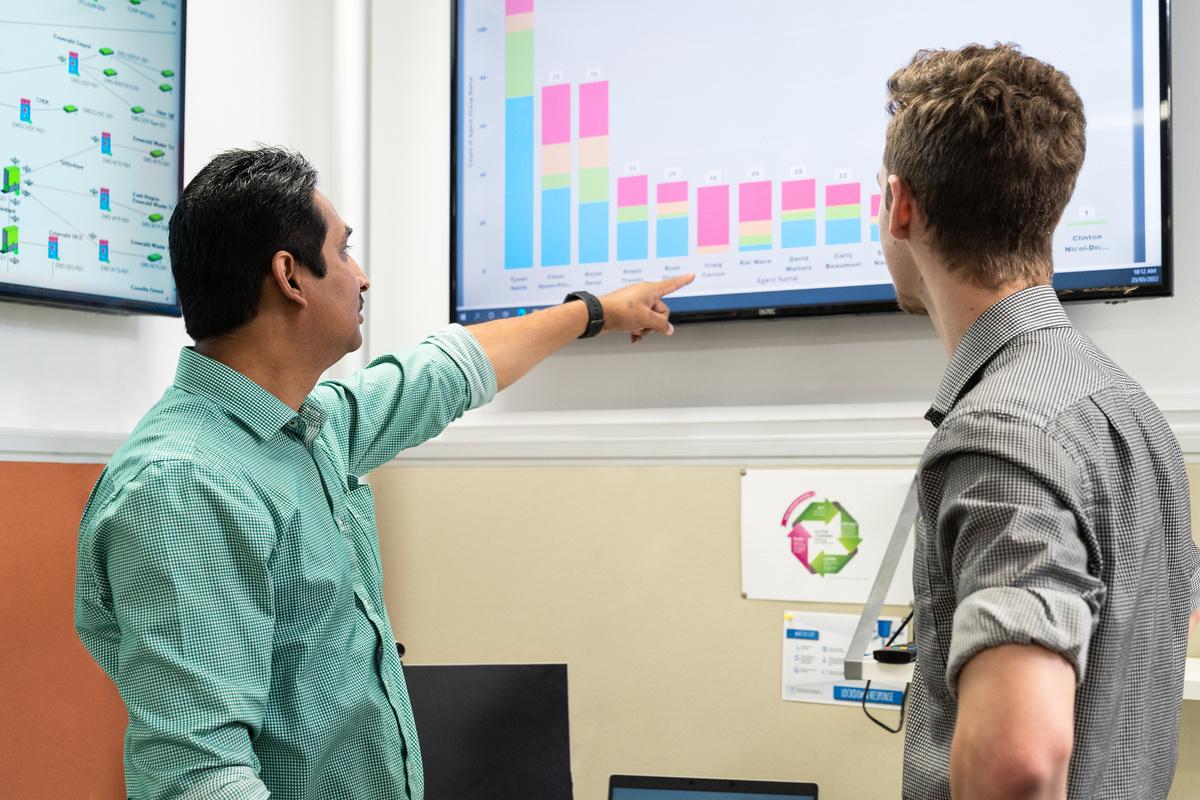








Central Highlands Regional Council acknowledge the First Peoples – the Traditional Owners of the lands where we live and work, and we recognise their continuing connection to land, water and community
We pay respect to Elders – past, present and emerging – and acknowledge the important role Aboriginal Peoples and Torres Strait Islanders continue to play within the Central Highlands region

Visit Central Highlands Regional Council
All council offices are open from 8 30 am to 5 00 pm Monday to Friday
1300 242 686 (including after hours)
enquiries@chrc qld gov au
www chrc qld gov au
Corner of Egerton and Borilla Streets, Emerald
10 Mackenzie Street, Blackwater
4 Conran Street, Capella
12 William Street, Duaringa
29 Eclipse Street, Springsure
Transaction Centres
17 Warrijo Street, Rolleston
(9 00 am to 12 30 pm and 1 00 pm to 4 30 pm)
Corner Grasstree and Anncrouye Street, Tieri (9 00 am to 1 00 pm and 2 00 pm to 5 00 pm)

WITH CENTRAL HIGHLANDS REGIONAL COUNCIL
www chrc qld gov au
 Jordanna Law at the 2022 NAIDOC celebrations in Blackwater participating in the march
Jordanna Law at the 2022 NAIDOC celebrations in Blackwater participating in the march
Digital technology has an impact on the business environment and our personal lives Through expectation and necessity, local governments are becoming more dependent on their ability to interact and share information in a world where physical and virtual transactions mix into a single, customer-centric experience
We are experiencing an accelerated digital transformation in many aspects of economic and social life We all should have the opportunity to benefit from digital technologies to manage our health, access education and services, participate in cultural activities and civic life, organise our finance, follow news and media, as well as connect with family, friends, and the wider world

Local government is not immune from this accelerating digital transformation and needs to continually review its digital service offering to ensure that it is contemporary and fit for purpose
Emerging technologies continue to expand the boundaries of what is possible, requiring the future digital environment to be agile, integrated, and support innovative service delivery for the organisation and its customers
It includes technology outside a company ’ s control: smart mobile devices, social media, technology embedded in products (like cars), the integration of IT and operational technologies and the Internet of Things (connected sensors and devices).
We must balance the use of digital technology to enhance customer service and process efficiencies at the same time as managing cost levels and realising the benefits of investments
As a region the Central Highlands has challenges to overcome, of which actions outlined in this strategy seek to bridge the digital divide and support the region to reaping the benefits a digital future has to offer
Cr Kerry Hayes Mayor

The digital strategy aligns with council’s broader strategic plans, including the Corporate Plan 20222027 and supports the destination goal ‘Drive our council and the region towards a digital future’
The digital strategy is an enabler for the achievement of other strategic plans and is underpinned by internal council master plans, including CCTV, Cyber Security and Telemetry and SCADA
The digital strategy supports the Central Highlands Regional Council's corporate plan destination goal to:
Drive our council and the region towards a digital future
To support the delivery of this destination goal we will:
Advocate for improved digital services, and enable digital services that enhance customer experiences, support service innovation and automation, provide for a safe region, and demonstrate leadership within the Local Government Sector

This digital strategy includes four goals for the effective use of digital services to allow council and the community to enhance customer service outcomes enable business efficiency and leverage the potential of technology to define new ways of doing business
Council will work to identify and harness opportunities to benefit the community, businesses, and industry through digital value-added services to enrich citizens digital experience and access to leverage a digital environment
Council will:
Look for opportunities to share open-source data
Investigate opportunities for coinvestment with others / partnerships with common goals
Explore opportunities to give back to the community through its device disposal processes
Explore opportunities for connected meeting/study places, training facilities, and edge computing capability of existing council facilities
Council will ensure that industry and community feedback and data is used to strengthen council’s digital and online service offering within the region Council will promote digital inclusion and digital accessibility when dealing with council
Council will:
Seek community opinion regarding the digital investment opportunities
Leverage industry data to make informed business decisions e g access usage and statistical data from telecommunication carriers and wi-fi services

Use broad digital engagement to improve engagement on community related services
Design and deliver online services based on community consultation
Deliver council services through appropriate wired/wireless networks and communications technologies
Demonstrate efficiencies through the use of smart technologies
e g Internet of Things for irrigation, smart meters and leak detection etc
A connected region facilitates enhanced citizen and community outcomes The internet is universal, and the consumption of mobile services is growing at around 10% nationwide Smart regions require new approaches to communications and networks Council will collaborate with stakeholders to ensure we lead the region with connectivity technologies and appropriate networks to help create jobs and support the needs of citizens and council
Council will:
Continue to review new technologies to tackle mobile coverage challenges impacting upon council operations e g , low orbit satellite broadband services
Advocate to fast track 5G connectivity in high demand regional areas,
wireless service coverage
Advocate to service providers to eliminate “blackspots” where possible
Consider edge computing to reduce the digital divide, increasing resilience and improving performance
Review extension of Wi-Fi services in public and tourist areas for both safety and marketing purposes
We will provide digital services to customers to support their channel of choice Through digital technology we will facilitate safer outcomes for the community, its assets and safeguarding the digital information it has access to
Council will:
Create a safe region environment through developing safe region programs
Continue to collaborate with the community and the QPS regarding areas of concern for public safety and extend council's CCTV network
Safeguard personal information and ensure data privacy when using digital technologies
Continue to review and mature cyber security controls to protect council systems, information, and data against evolving cyber threats
Consider the role of digital technology to reduce council emissions,

Promote extended programs to improve the digital literacy across the community
Consider opportunities for digital knowledge sharing and the sharing of open data
Continue to invest and leverage technology advancements to improve its disaster operations and community resilience
1: identify opportunities for digital value-added services
2: Deliver fit for purpose digital council services
3: Connect and Enable the Region
4: Maintain a community focus
Digital connectivity is a critical factor in the creation of digital economy
It can provide great opportunities to diversify the Central Highlands digital service offering and economy, improve the region's prospects of workforce attraction and retention, access remote health and educational services and enable their global economic participation and competitiveness
The Digital Strategy will aim to assist with challenges that face the region and provide for opportunities
The Central Highlands region is prone to flood events
The reliability of telecommunications services is essential to disaster response, and gaps have been identified in past flood events
As a result, there is a need to improve the resilience of communications channels during disaster and other emergency events
dynamics for thermal coal are changing with the Australian and other international governments adopting net zero emission commitments and moving away from fossil fuels
The risk that employment opportunities within the region will reduce due to both natural end of mine life and mine closure due to policy and economic drivers
Opportunity exists to create employment options within the region to smooth the gap left by a transition of the mining sector Also, to plan and adopt innovative practices, continuous monitoring, and planning to meet the changing climate
These opportunities are dependent upon the provision of reliable and high-speed digital infrastructure
The Central Highlands region currently does not have access to reliable high-speed internet and mobile connectivity
Many mobile blackspots and satellite broadband issues have been identified within the Central Highlands region.
Additional digital infrastructure deployed to the region will be key to improving access to essential services and support community wellbeing
It will support the local economy by:
Supporting local business to compete in a digital environment
Supporting regional industry and business development and growth
Allow council to implement improved delivery of services for council through efficiencies from digital investment e g automation etc
Allow council to conserve, monitor, and enhance the operational efficiencies of our communitybased assets through the increased ability to deploy automated monitoring, including for waterways and water-based assets
It will improve attraction, retention, and development of a futurefocused, skilled workforce across our region through:
Attract: Enabling individuals to relocate and work remotely
Retain: Ensuring that digital connectivity gaps are not a reason for residents to relocate from the Central Highlands
Develop: Ensuring that Central Highlands Regional Council and businesses are able to access online training and education opportunities for a skilled local workforce

A robust CCTV network acts as a deterrent for property damage and assault.
Council is working to continuously improve its CCTV network to ensure community safety and property security
This will maintain and foster safe communities through wellresourced agencies and prevention programs.
Cyber security attacks are also on the rise, calling for a need to continually review processes around data retention and security of storage
Some age and socio-economic groups are not equipped with digital and connectivity literacy to appropriately access and navigate local government services Improve digital literacy to enable access to services and programs to meet the needs of all ages and abilities

Enhance opportunities for learning and innovation through improved access to online education facilities


The primary purpose of the Digital Strategy is to support the ongoing development of digital initiatives In planning for the future, Council will work within the framework for prioritising and implementing future digital investments Council will prioritise digital initiatives based on alignment with the Strategy Goals and Corporate Plan Destination Goals
Council has identified several immediate projects within the strategy framework which support these initiatives
The Central Highlands Regional Council's Digital Strategy provides the blueprint on which to build a digital future for our region
Council will focus digital initiative planning around the following Digital Service Categories The categories define the approach to digital enablement of council services
Digital technology is becoming increasingly accessible, connected, and intelligent Smart Cities are rapidly transforming how governments engage citizens, resolve urban problems, and improve the delivery of effective and efficient local government services through emerging Smart City technologies Smart City technologies represent the frontline in the development of dynamic, modern, liveable regions and can attract businesses, create safer outcomes, improve quality of life, and invite innovation
As the Central Highlands Regional Council embraces Smart City services it will do so with the aim to develop local capability and engage regionbased service providers Council recognises the importance of retained learning and promoting opportunity for growth to the local economy
What we will do:
Develop a Smart Region Plan
Examine appropriate funding models
Seek out opportunity to build local capabilities
Capture and publish data from smart technology
Investigate public/private partnership opportunities
Building ongoing and rewarding relationships through digital engagement and service delivery is critical to advancing community outcomes We live in a world where many are “time poor ” and find public services inaccessible or hard to reach for numerous reasons Digital engagement enables citizens to access council services and information and engage with council in more convenient ways It empowers council to reach a broader audience and interact with the whole community more effectively
What we will do:
Council will embrace digital solutions to inform, communicate and interact with citizens through:
Digital Knowledge Base
Social media and digital marketing channels
Website services
Online customer portals
Council is the custodian of nearly $2 214 billion in infrastructure and is responsible for a large range of council services As more of this infrastructure and associated services become digitally enabled the amount of data generated is set to grow exponentially This will continue to generate a growing set of council retained data which can be utilised for the benefit of the government, citizens, and business
Embracing the use of, and a policy around, open data is essential to building transparency and providing opportunities for using council held data assets for economic outcomes Open data can also support council in delivering services, its ability to be responsive to the community's needs and to build awareness engagement with industry. Publishing and sharing of council data within the confines of the Information Privacy Act 2009 (Qld) can create opportunities that are yet to be fully appreciated
What we will do:
Council will identify ways to share and promote opportunities to use council data publicly As the curator of this data council will work closely with stakeholder groups such as the ICT industry, government bodies and business associations to identify data sets of value to the community and open up opportunities for applications of the data.
Using the internet and social media, council will promote business and community engagement as part of its open data strategy Community requirements and value can then be prioritised and how to publish, promote or deliver open data will develop.
Develop an Open Data Policy Inventory council owned data sets
Develop council data repository and publish externally
Maintain and update the repository
Seek public partnerships for use of data sets
Engage with government (State/Local) to openly share data
The ICT industry is going through massive disruption with the advent of cloud delivered solutions ICT must now support both new “native cloud” and traditional apps Central Highlands Regional Council have been pioneers in embracing the cloud and transforming its ICT systems environment to the cloud This incorporated moving to a reliable cloud platform and developing a sound service provider to support council's desire to reduce exposure to risk and deliver efficiency gains while moving to a consumption-based ICT investment model Continuing to exploit these benefits and developing new ways to solve business problems through ICT product and services will deliver cost savings and remove dependencies on legacy ICT
What we will do:
Council will continue to invest in solutions and platforms that support the deployment of digital services using efficient and current local governmentaligned ICT technologies
Develop a detailed ICT business plan in conjunction with key service providers that incorporates all aspects of our ICT environment, including:
Core application services (email, GIS, RMS)
Cloud Adoption Plan
Infrastructure, network, and security
Digital identity and records
management
Business Continuity and Disaster
Recovery
Mobile Workforce
End-point support (PCs, laptops, tablets, smartphones)
ICT Support Services Model
Deliver against the Telemetry and SCADA Master Plan to improve its critical water infrastructure
Intelligent locations allow people to interact with civic infrastructure and promote efficient use of buildings and public services The application of intelligent digital technology to enhance use of council facilities (e g , public spaces parks community recreational locations, buildings) can enable economic and social benefits They incorporate the use of location services, mobile and public Wi-Fi, data analytics and can build a rewarding direct engagement with citizens, tourists and visitors through digital signage, kiosks, and mobile content
What we will do:
Use intelligent digital technology to:
Create interactive council environments
Improve efficiency of council buildings
Incorporate digital design within our urban planning
Support business/developer engagement
Publish spatial data and data analytics
For some people technology is not as easy to access as we think Digital Inclusion is a means to ensure every citizen can contribute and benefit from a digital society People can’t access technology for several reasons, these include:
Access is cost prohibitive
Lack of adequate infrastructure availability
Lack of digital and connectivity literacy which is particularly prevalent for certain age/socioeconomic groups
The Central Highlands Regional Council currently provides community engagement and access through educational events in the library and limited public Wi-Fi services
This is an important part of addressing the digital divide Council will embrace opportunities for assistive services and technology when implementing digital initiatives
What we will do:
Continue to expand public Wi-Fi services
Promote digital awareness through community programs
Connect community groups to the Regional Tech Hub
Identify vulnerable citizens and target specific digital inclusion programs
Increase digital activation of council facilities
Embrace assistive technologies to support those with disabilities
Work towards compliance with Web Content Accessibility Guidelines (WCAG) 2 0 Level AA
Explore opportunities to give back to the community through its device disposal processes
Meeting community expectations and ensuring compliance with regulatory requirements are paramount when it comes to managing council owned digital information As the use of digital information within council increases, so does the need for a sound digital governance regime Sound information access, regulatory and privacy policies are more important than ever before, as data is increasingly at risk of exploitation
Council will be vigilant through the application of sound information governance incorporating a robust privacy and security policy regarding digital information with which it is entrusted
What we will do:
Ensure policy-based control of digital information for all legal, regulatory and risk requirements
Comply with the Information Privacy Act 2009 (Qld)
Ensure appropriate creation, storage, use, archiving and deletion of digital information
Work towards compliance with ISO27001 with the aim of future accreditation
Deliver against its Cyber Security Master Plan to ensure its well prepared for cyber threats
Collaboration with government authorities, private industry and business communities is essential to building an innovative smart modern region for the Central Highlands Cross sector collaboration through digital technology can foster new ideas and opportunities.
In regional areas it is important to pool knowledge skills and resources - this is particularly relevant when it comes to data and digital engagement Crosssector digital collaboration can ensure that development and creation of digital solutions aren’t duplicated by multiple stakeholders to achieve the same outcome inefficiently
What we will do:
Engage in collaboration between council, government, and the public,
Work with community stakeholders in advance of funding opportunities to garner letters of support and cocontribution,
Engage in opportunities to codesign and co-create digital solutions with government and industry partnerships

